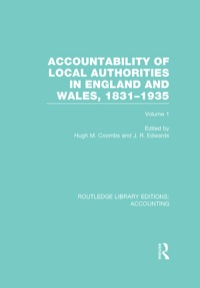20. If an adjusting entry were not made at the end of a period to remove the earned revenue from the Unearned Revenues account, a. assets would be understated. b. liabilities would be overstated. c. liabilities would be understated. d. owner's equity would be overstated. 21. Which of the following transactions results in an increase in revenues? a. Collection of cash on account b. Receipt of cash from bank loan C. Sale of land at cost for cash d. Services rendered on credit 22. The cost of doing business is also known as a liability. b. an asset. an expense. d. revenue. 23. An item that represents services received by the firm for which it will pay for in the future is called a. C. a. an accrued expense. b. an accrued revenue. an unearned revenue. d. a prepaid expense. 24. An item that represents services provided by a firm for which it will receive payment in the future is called a. a prepaid expense. b. an accrued expense. an accrued revenue. d. 'an unearned revenue. 25. Which of the following is an example of an adjusting entry? @recording depreciation expense on a truck b. recording the billing of customers for services rendered C. recording the payment of salaries to employees d. recording the purchase of supplies on account 7. Which of the following pairs of accounts would not appear in the same adjusting entry? a. Interest Revenues and Interest Payable b. Rent Expense and Rent Payable C. Service Revenues and Accounts Receivable d. Service Revenues and Unearned Revenues 8. The adjusting entry to accrue salaries expense a. debits salaries expense and credits cash. b. debits salaries expense and credits salaries payable. C. debits salaries payable and credits cash. d. debits salaries payable and credits salaries expense. 9. Adjusting entries involve at least one real and one nominal account. b. only capital accounts. c. only nominal accounts. d. only real accounts. 10. A prepaid expense is not an a. a. asset. b. economic resource. expired cost. d. unexpired cost 11. Which of the following is not an application of accrual accounting? a. Adjusting the accounts b. Applying the cash basis of accounting c. Applying the matching rule d. Recognizing revenues when earned and expenses when incurred 12. The matching rule is applied a. because it is required by the Tax Code. b. by expensing certain items immediately and in their entirety. c. to help make the bookkeeper's job easier. d. to help produce a more accurate measurement of an entity's performance. 13. The going concern assumption is not applied to entities about to file for bankruptcy. b. entities that have been in existence for less than a year. entities that have sustained losses for the previous two years. d. the partnership form of business, C








